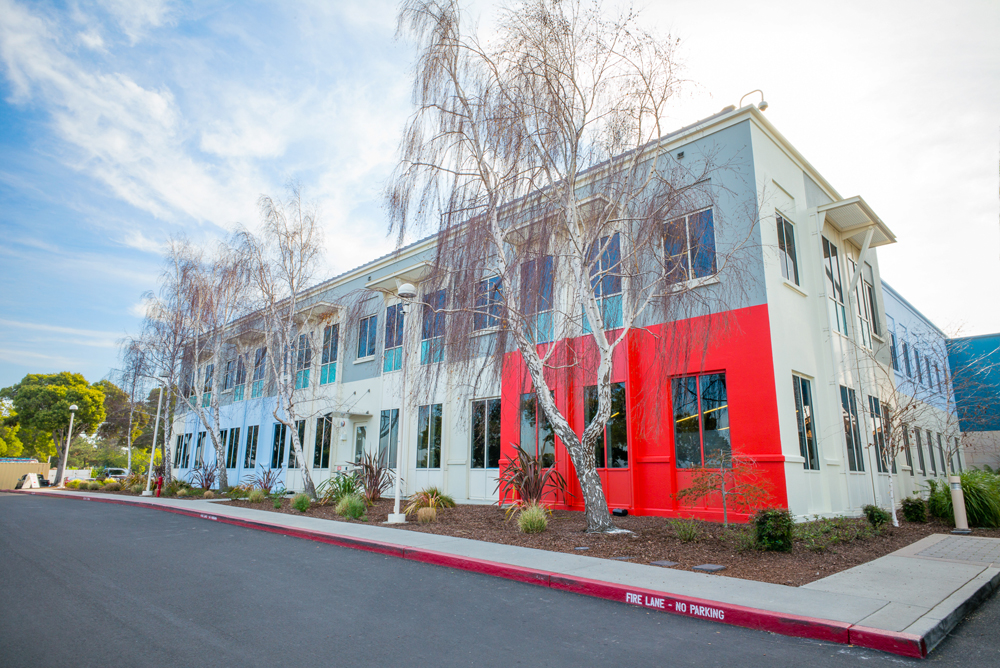The Silicon Valley Business Journal has reported that office vacancy rates of 7.5% on the Peninsula are at the “lowest since the turn of the century.” The article notes that the low vacancy rates have been aided by Facebook leasing “135,000 square feet at 162 Jefferson Drive in Menlo Park,” and the 101,000 square foot lease renewal by Shutterstock in Redwood Shores.

Facebook-Menlo Park Office
With decreasing vacancies, comes higher costs, and the Peninsula Area does not fall short on expensive rents. According to the article, R&D space averages $4.67 per square foot per month, a .9 increase from Q2,” with Menlo Park demanding the highest rents in the county averaging “$7.65” per square foot for R&D & office space.


